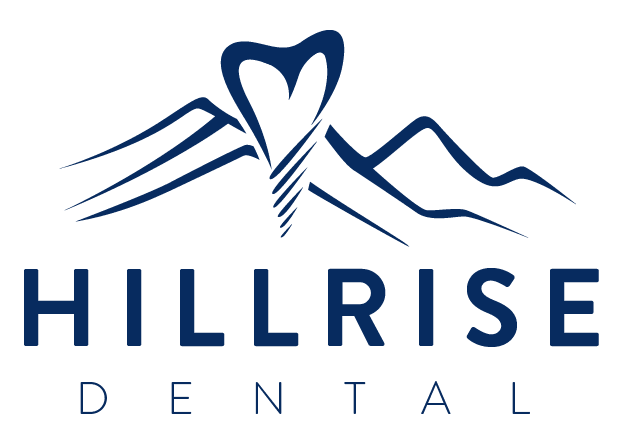Understanding the Active Ingredients and Their Functions
Diclofenac, the star ingredient in Voltaren Gel and tablets, functions as a nonsteroidal anti-inflammatory drug (NSAID). Its primary role is to inhibit enzymes like cyclooxygenase (COX), reducing the formation of inflammatory compounds that can cause pain and swelling. In its gel form, diclofenac provides localized relief, efficiently targeting areas like joints or muscles. This comp action allows for direct absorption through the skin, minimizing systemic exposure. Conversely, the tablet form disperses throughout the bloodstream, offering a broader impact, which can be advantageous for individuals experiencing widespread pain. Both forms have their own script for use, crafted meticulously to optimize action and minimize risks. Understanding how each form delivers relief helps tailor your choice to the specific nature of your aches and pains.
| Form | Outcome |
|---|---|
| Gel | Localized absorption, less systemic effect |
| Tablets | Systemic absorption, more widespread relief |
Comparing the Effectiveness of Gel and Tablets

When you consider the elixir of options available, Voltaren’s gel and tablets bring distinct advantages to the table. The gel offers localized relief, acting stat where pain strikes, making it a favored choice for those seeking immediate relief from joint or muscle stiffness. On the other hand, tablets can be part of a comprehensive pain management cocktail, offering systemic relief by being absorbed into the bloodstream. Each form has its benefits, and the right choice often depends on your script and specific needs.
Assessing the Onset and Duration of Relief
In the world of pain relief, Voltaren offers options both in gel and tablet form, each with its own approach to managing discomfort. With a topical gel, relief may rush in stat, bringing faster comfort as it absorbs directly into the affected area, bypassing the digestive system. The immediacy is often appealing for those experiencing acute, localized pain. On the other hand, tablets might take a slightly slower journey, as they meander through the bloodstream to deliver relief.
This systemic entry, however, can offer a more prolonged effect, akin to a steady IV push, making it suitable for individuals seeking long-lasting comfort throughout the day. Navigating between these options often depends on how swiftly relief is needed and the duration one aims to sustain that comfort.
Analyzing Potential Side Effects and Risks

When considering Voltaren, it's crucial to understand the potential side effects that may accompany its use. Whether using the gel or tablet form, some individuals might experience digestive discomfort, as tablets could lead to a 'hangover' effect, commonly presenting as an upset stomach or nausea. Meanwhile, an application of the gel might cause localized skin irritation.
The "pharm party" of possible reactions extends to dizziness, headaches, and in rare cases, elevated liver enzymes which require prompt medical attention. Those who opt for the gel should monitor their skin closely for any sign of rash, while tablet users should be vigilant for any gastrointestinal 'zombie pill' experiences.
Users must weigh these considerations against their personal health needs and preferences. Consulting with a healthcare provider, or candyman, can help navigate the potential 'red flag' scenarios and offer guidance on managing any adverse effects effectively. Given these insights, a detailed evaluation with a professional ensures the right choice for each individual.
Exploring Usage Convenience and Application Preferences
Navigating the world of pain relief, individuals often find themselves deciding between the gel form of Voltaren and its tablet counterpart. The gel is favored for its localized application, allowing users to direct its anti-inflammatory benefits precisely to affected areas without the need for a script. This is particularly convenient for those looking to avoid the systemic effects that come with tablet use, often necessitating more elaborate Sig for different pain scenarios.
| Form | Convenience | Common Preferrences |
|---|---|---|
| Voltaren Gel | On the Counter | Localized, non-systemic relief |
| Voltaren Tablets | Script Required | Systemic, all-over pain relief |
Meanwhile, tablets, typically requiring a script, provide systemic relief that can be essential for individuals experiencing widespread discomfort. For some, the simplicity of a single pill to manage diverse symptoms aligns with their preference for straightforward treatment regimens. Ultimately, the choice between gel and tablet forms depends significantly on one’s lifestyle and specific pain management needs.
Evaluating Cost Considerations and Insurance Coverage
Navigating the financial landscape of medications can be as complex as decoding a SIG on your RX. Voltaren gel, commonly available over the counter, often bypasses the sticker shock sometimes associated with its tablet counterparts, particularly when generics aren't an option. However, if a script is needed for higher-strength creams or pills, insurance coverage becomes a crucial factor to consider. Many plans might not cover gels as readily as tablets, leaving you to confront out-of-pocket costs. It's vital to check with your Pharmacy Benefit Manager (PBM) to understand the formularies, ensuring no insurance reject surprises. Balancing budget with therapy needs is key to making an informed decision.

